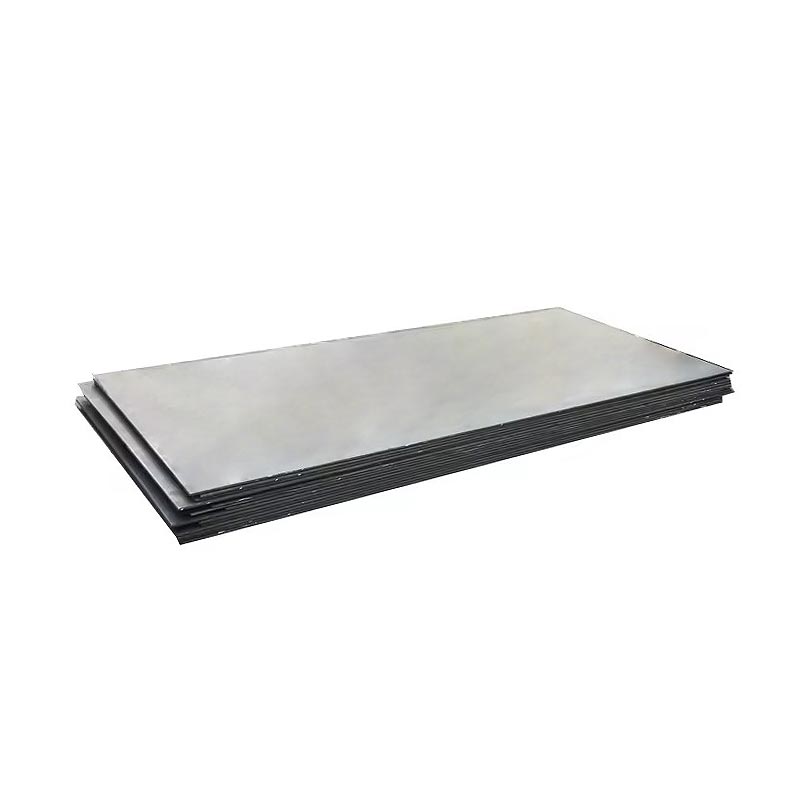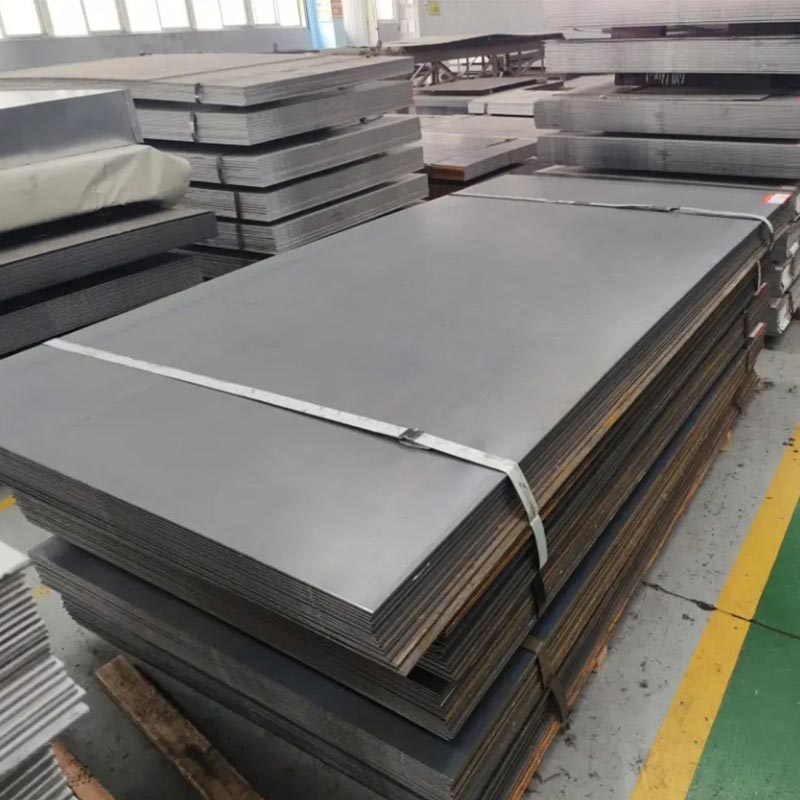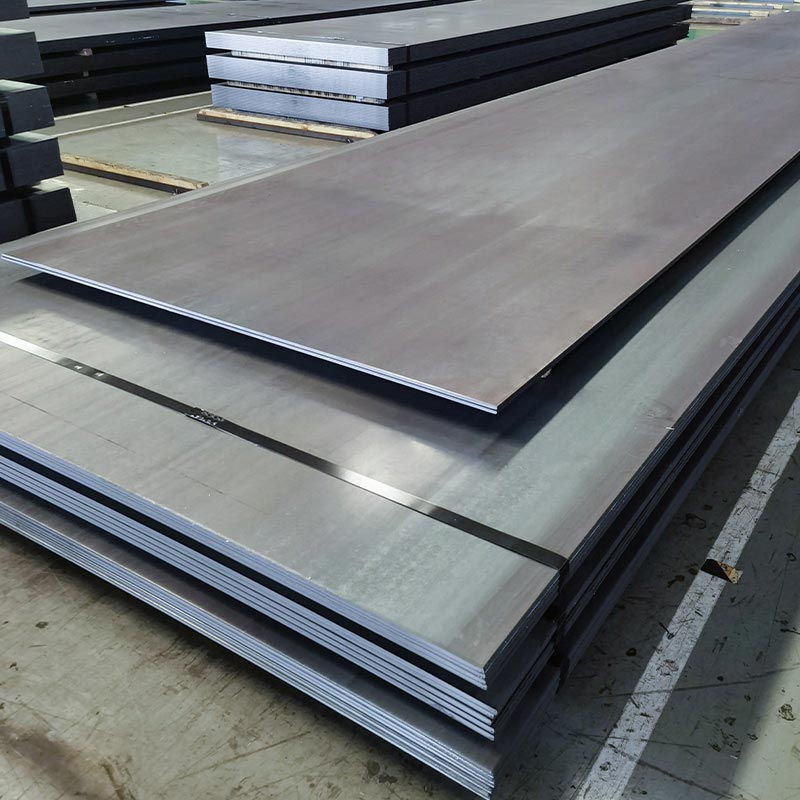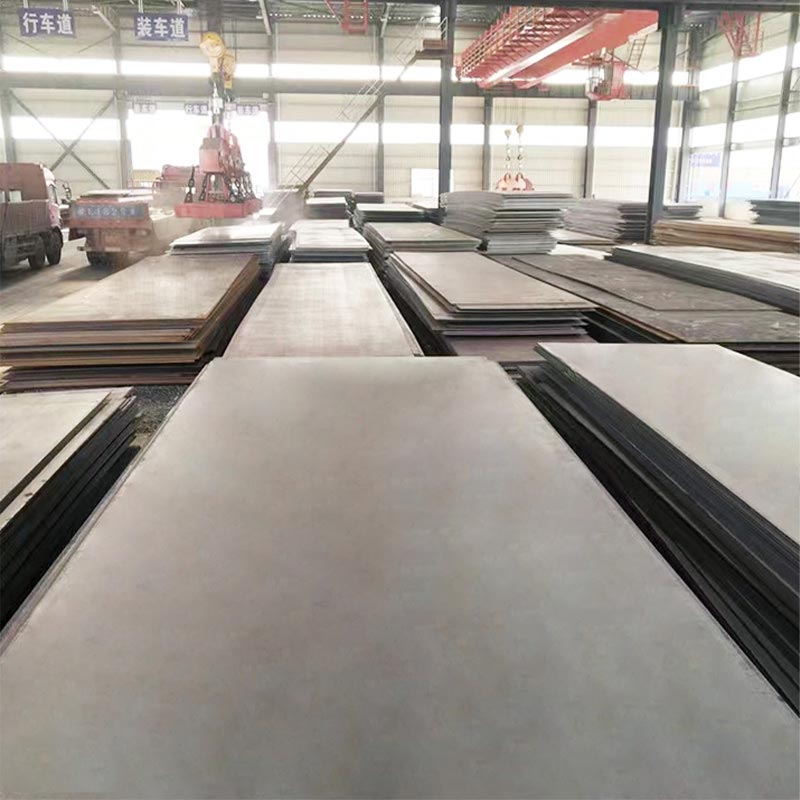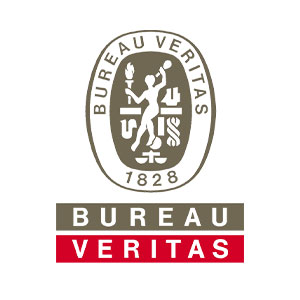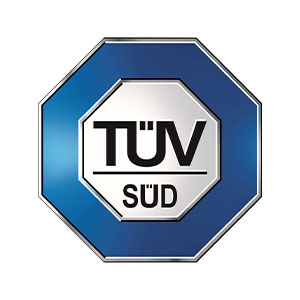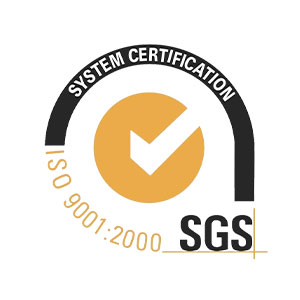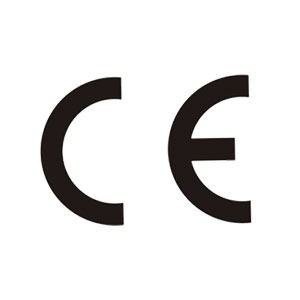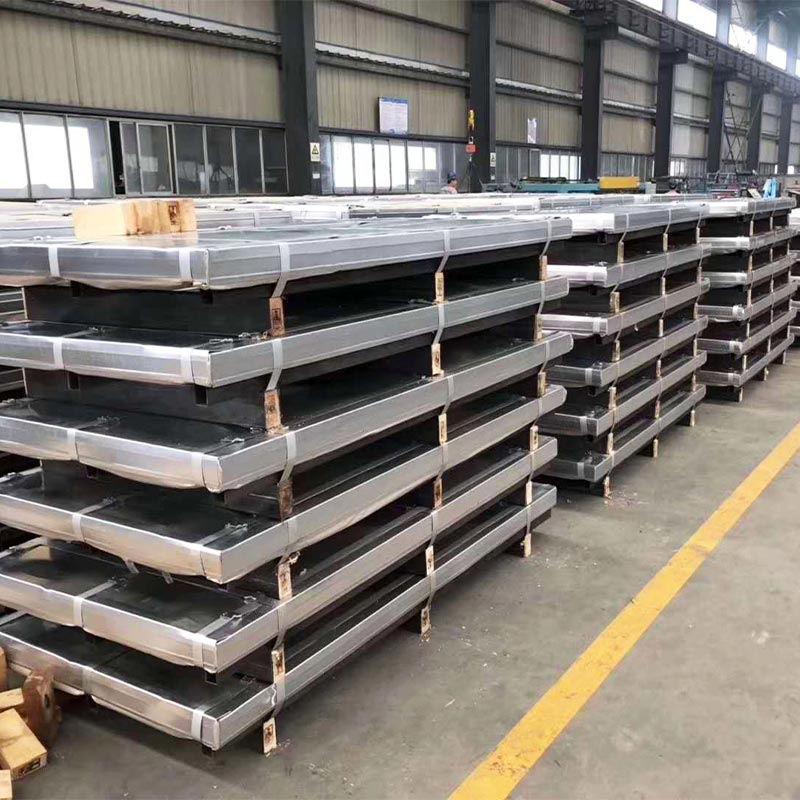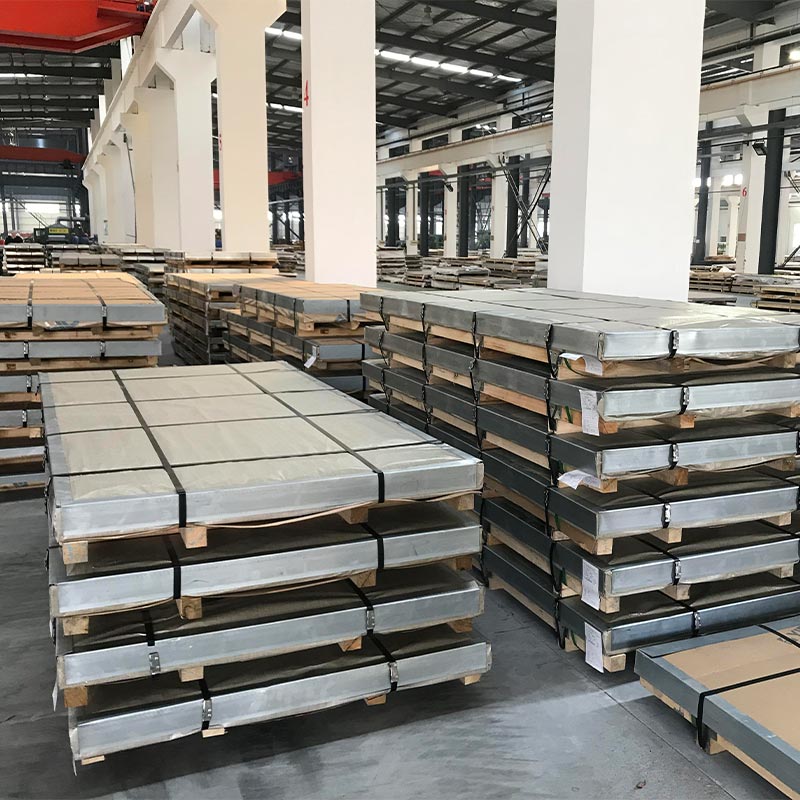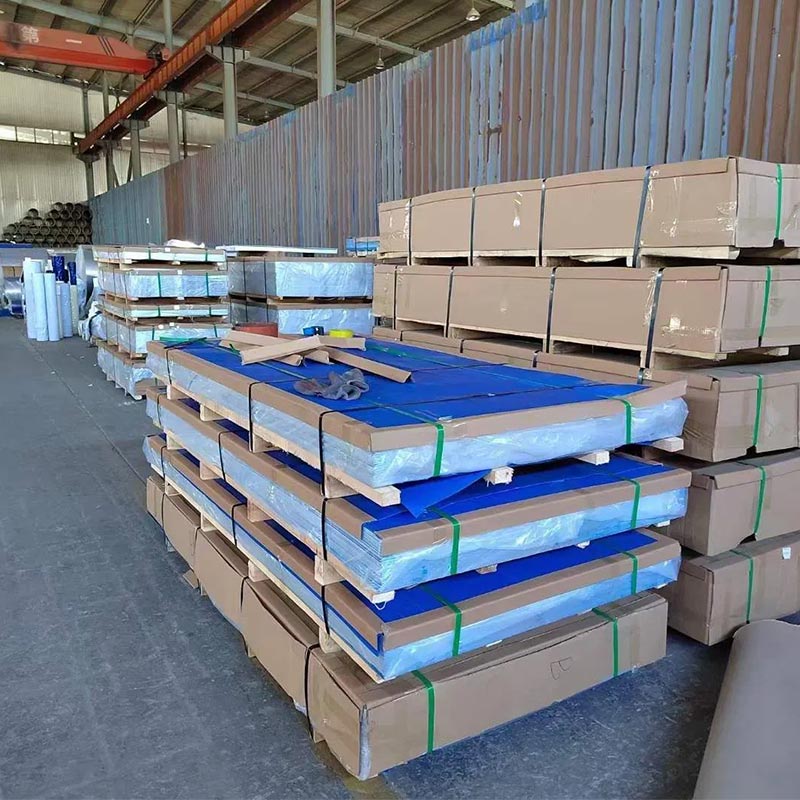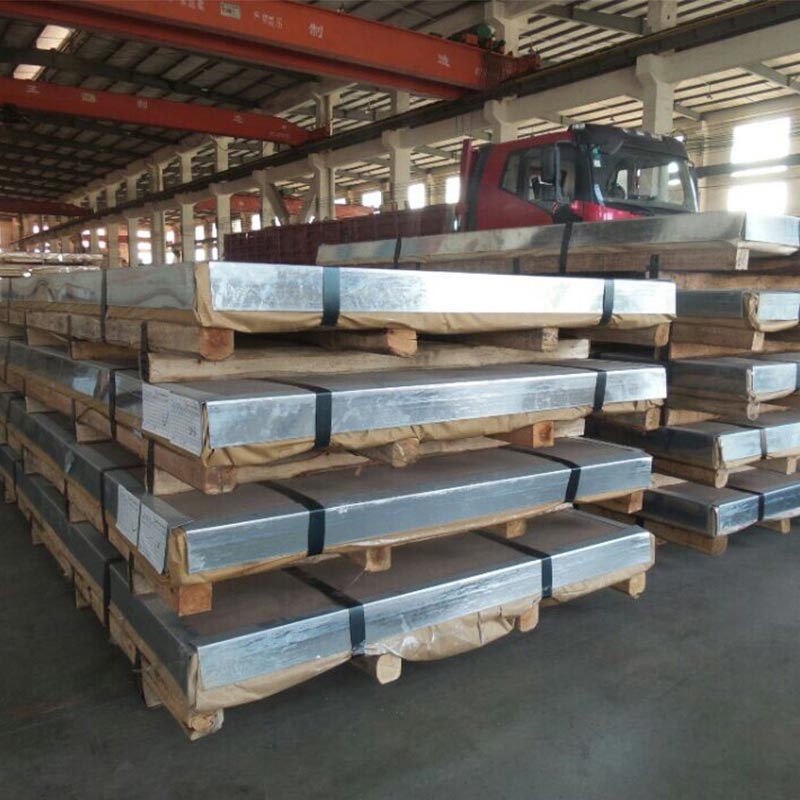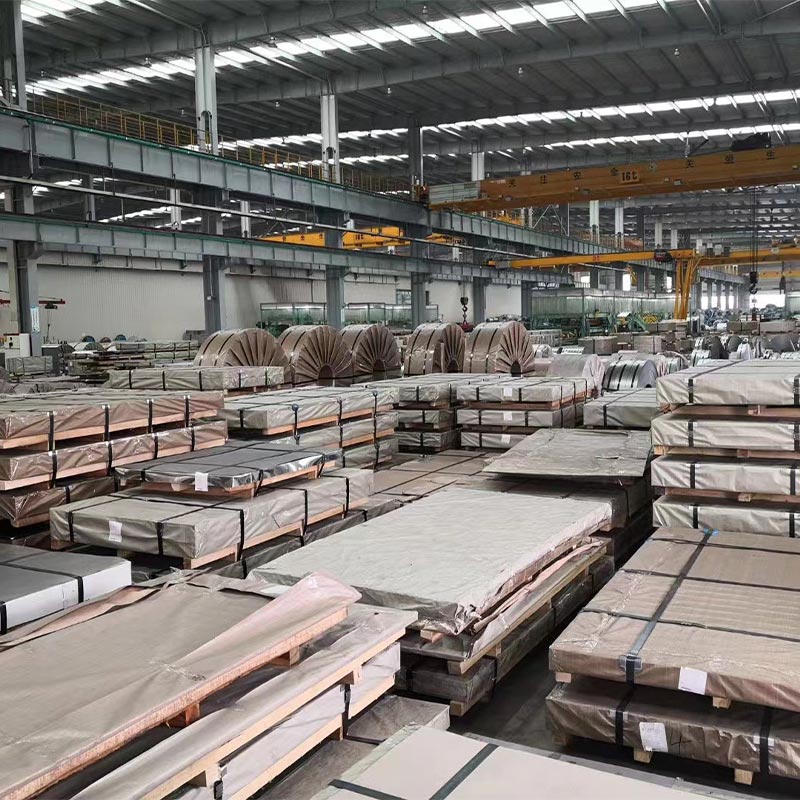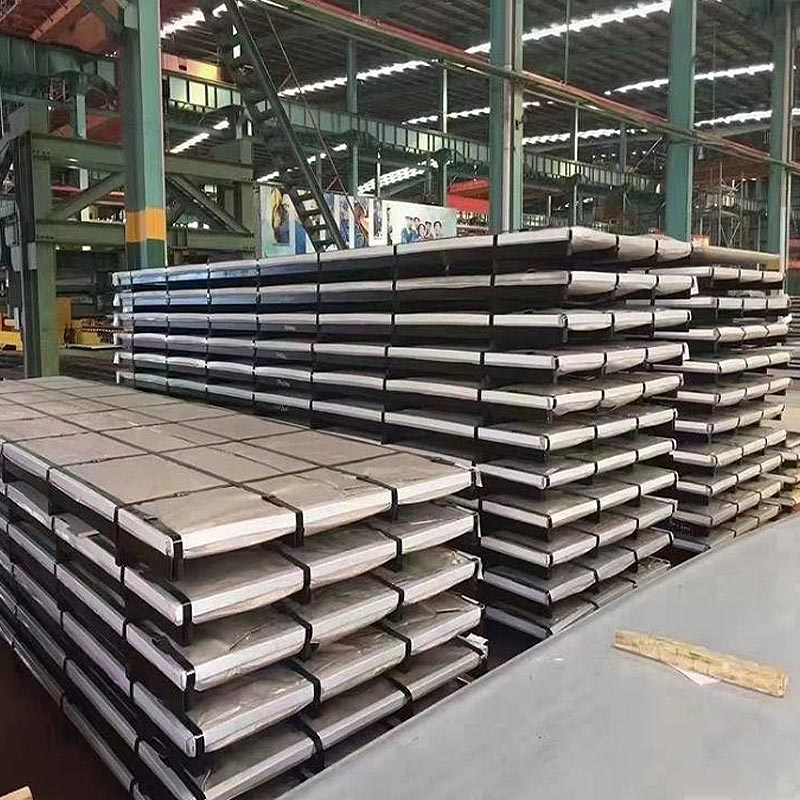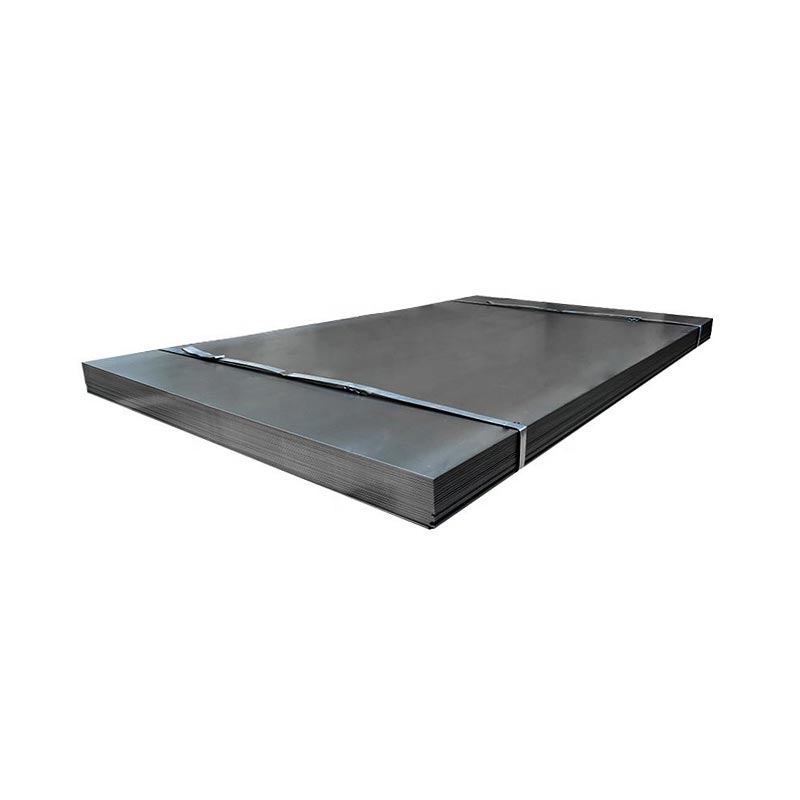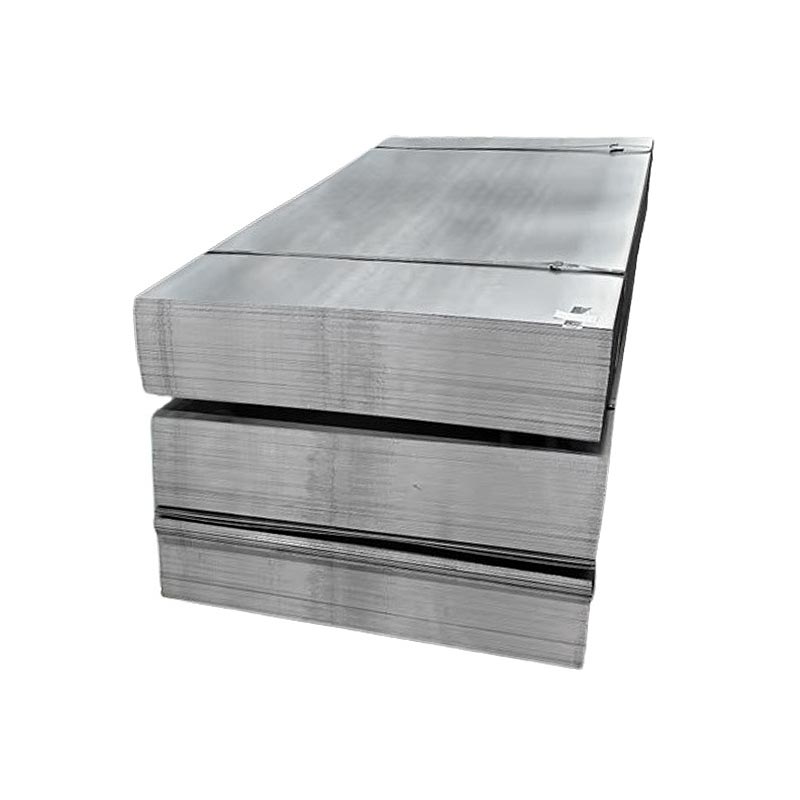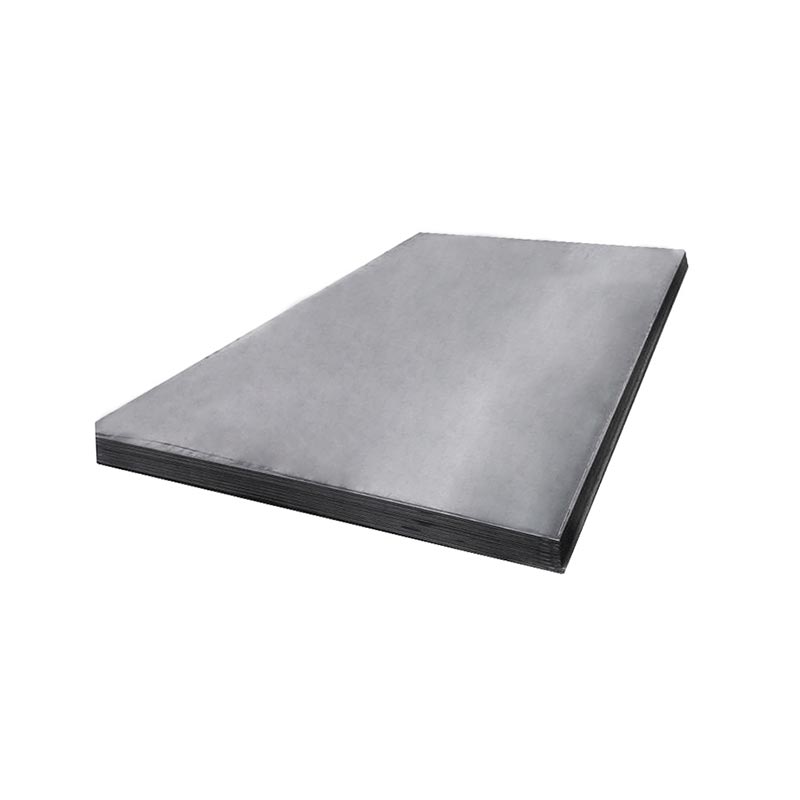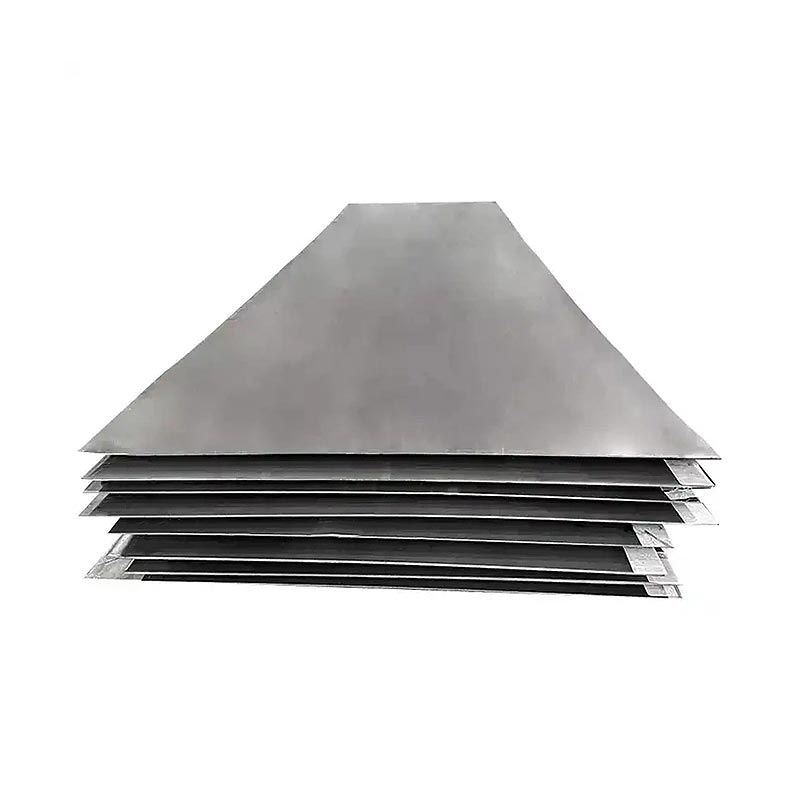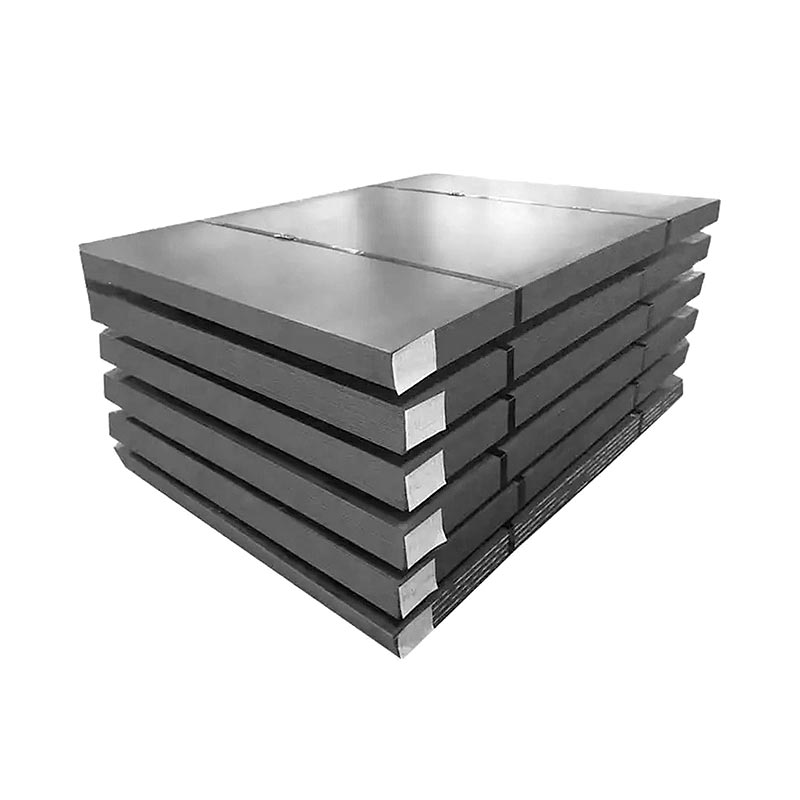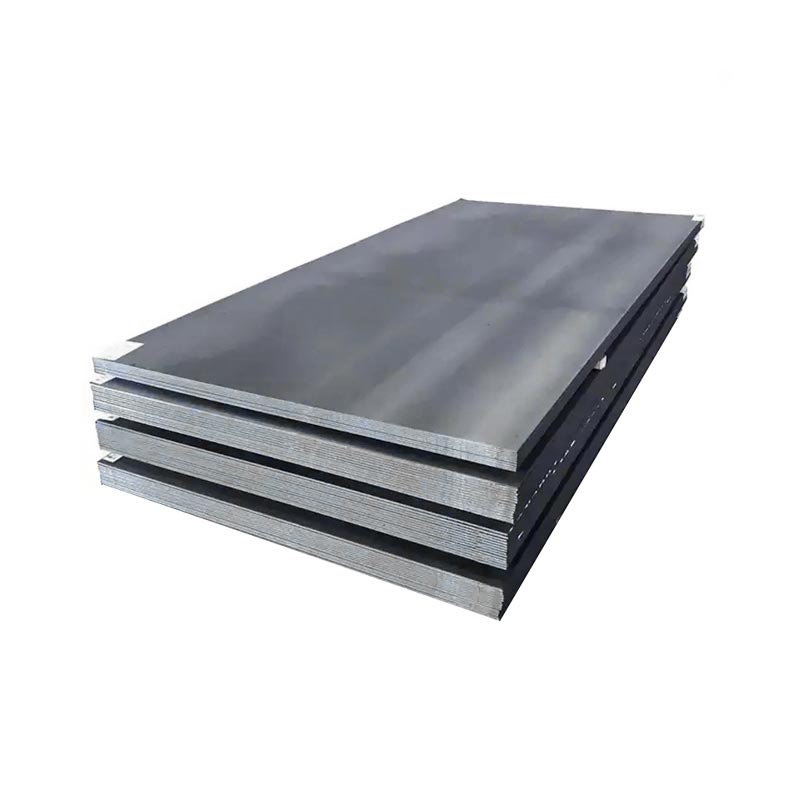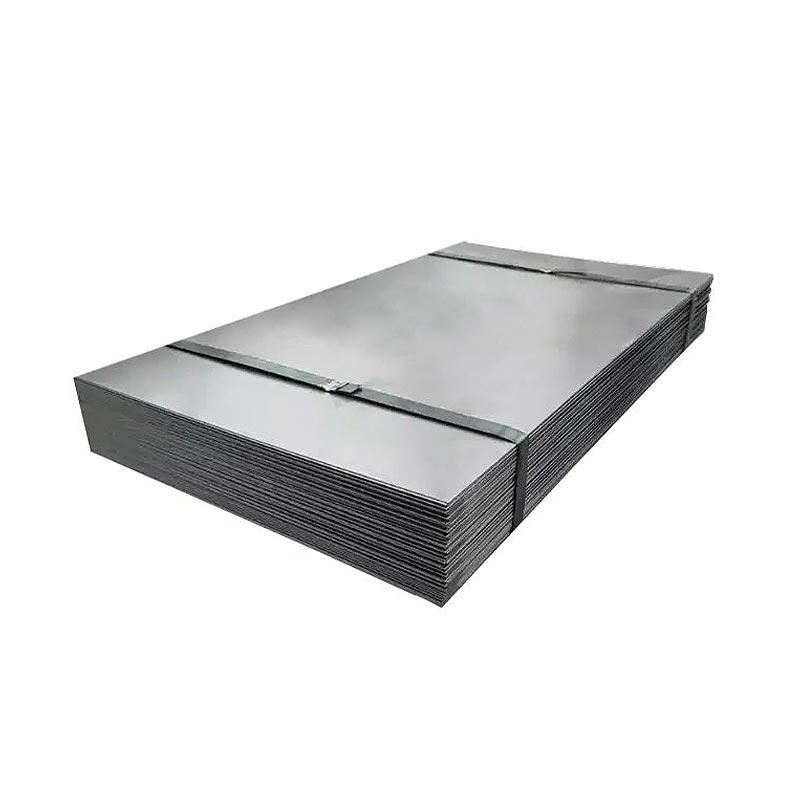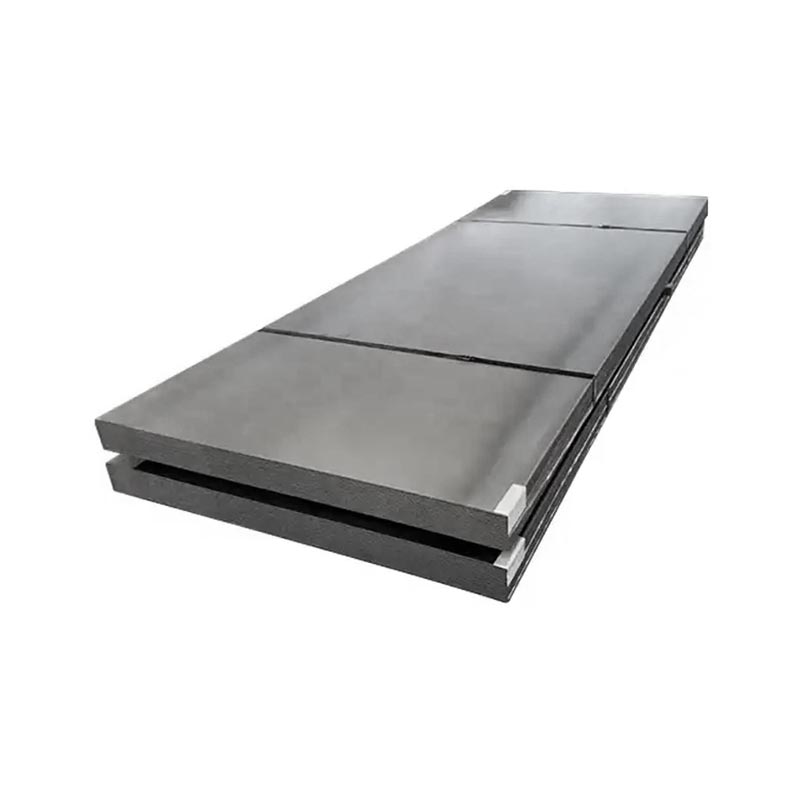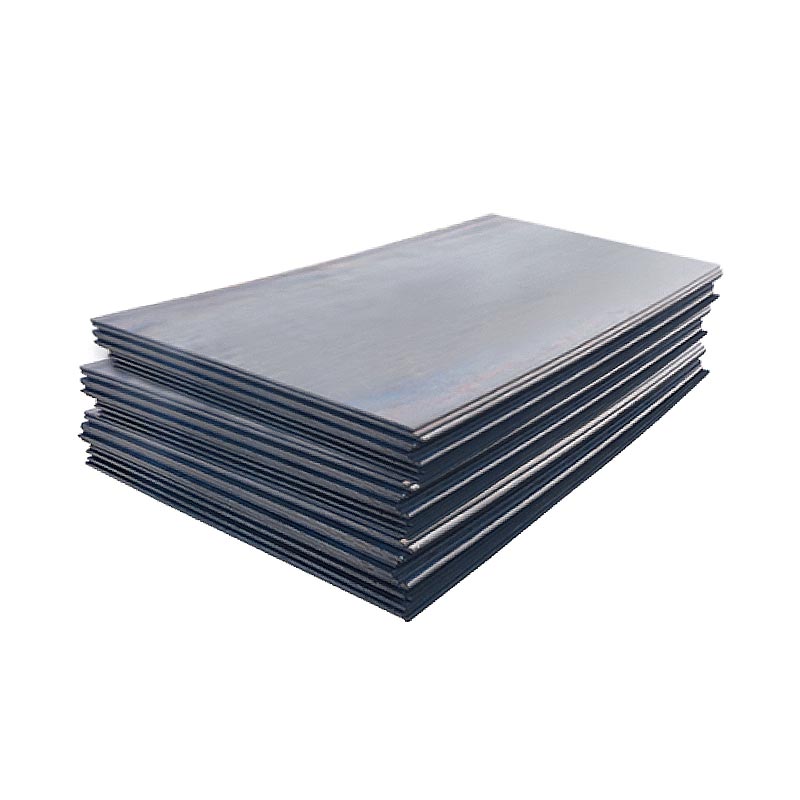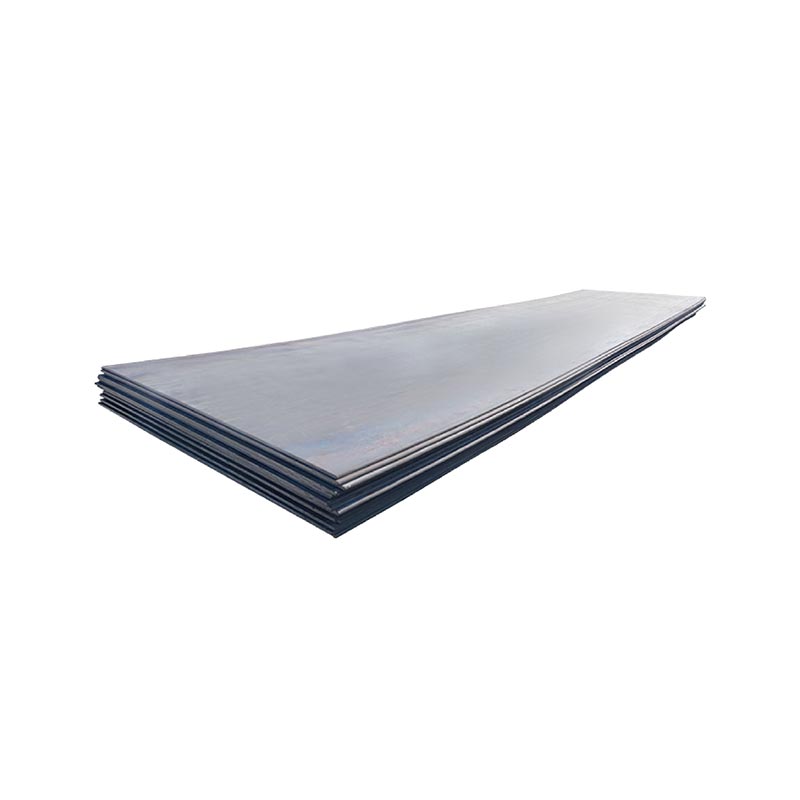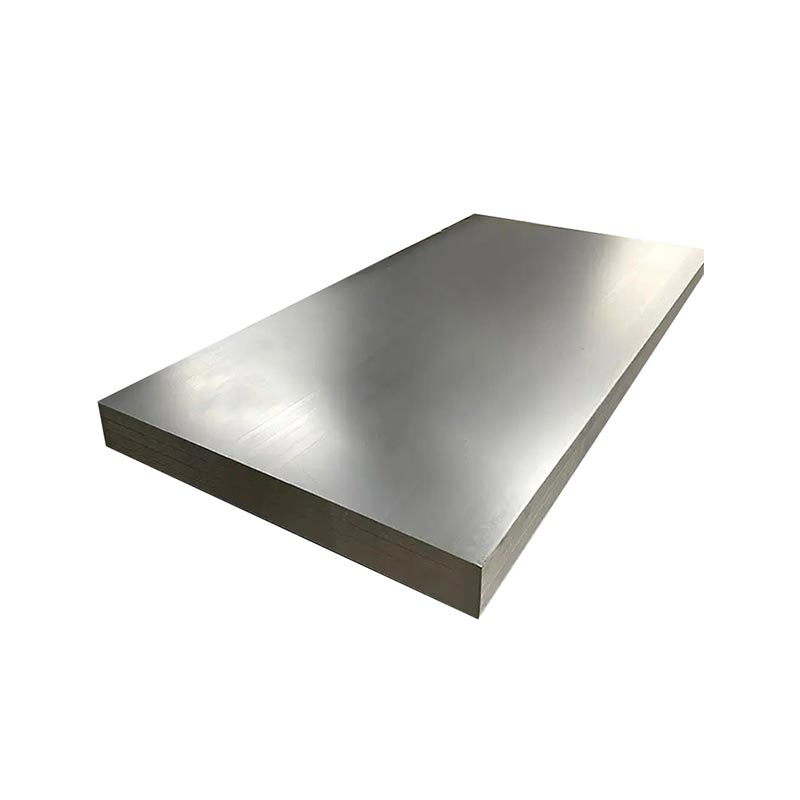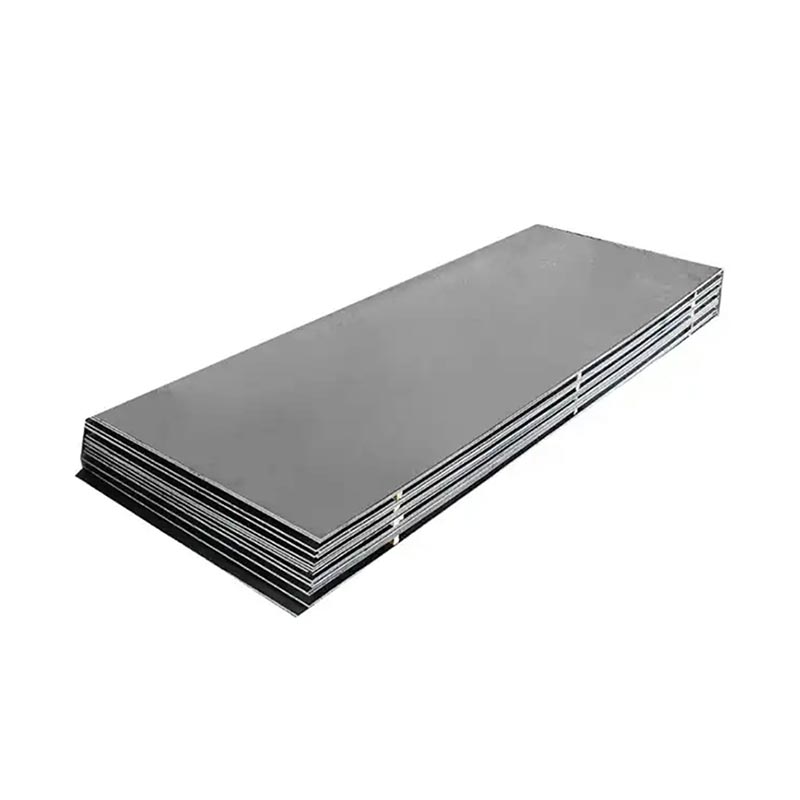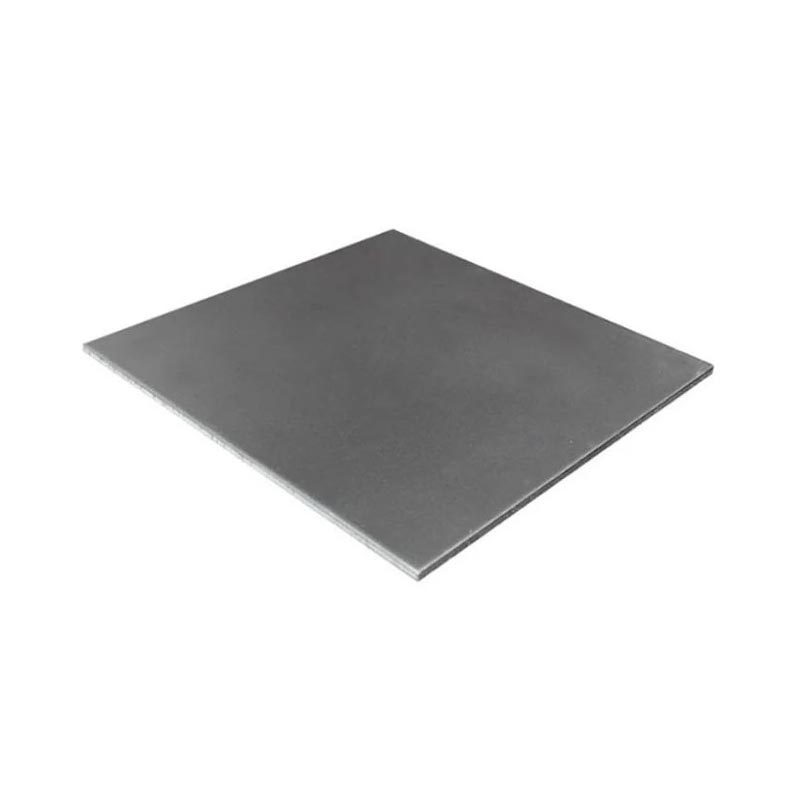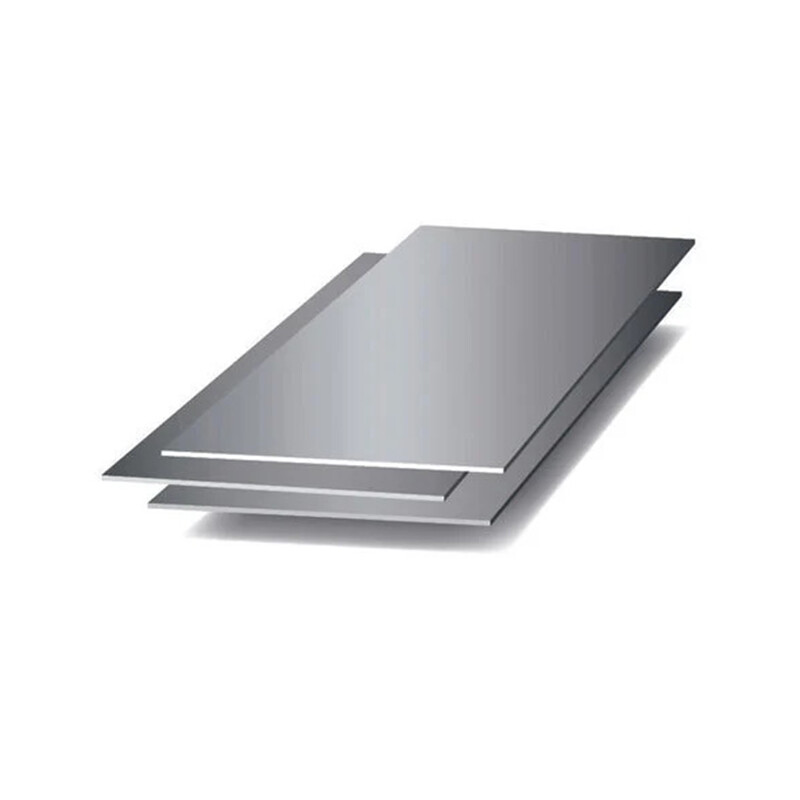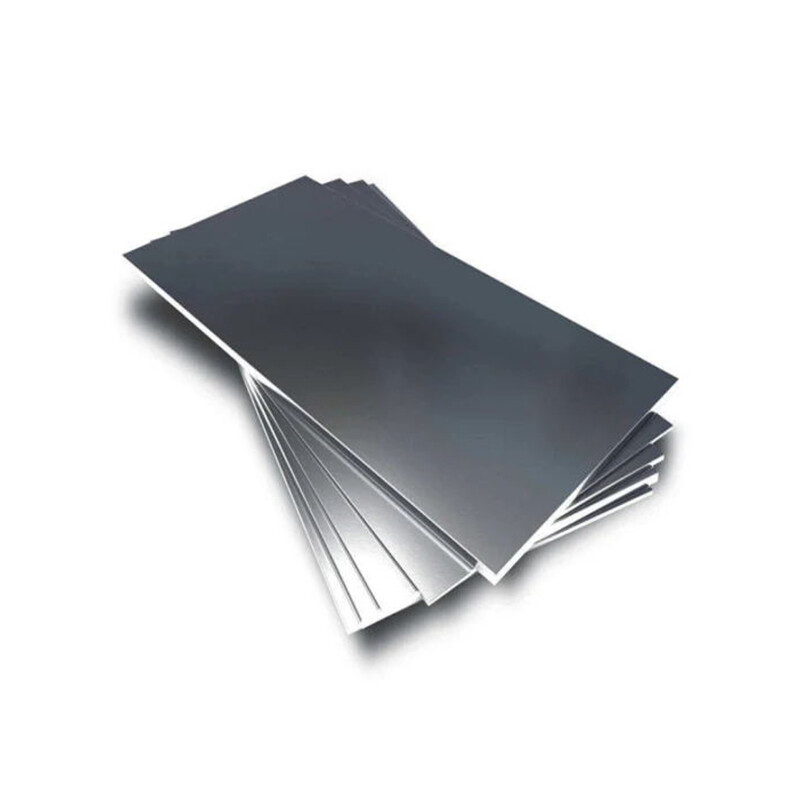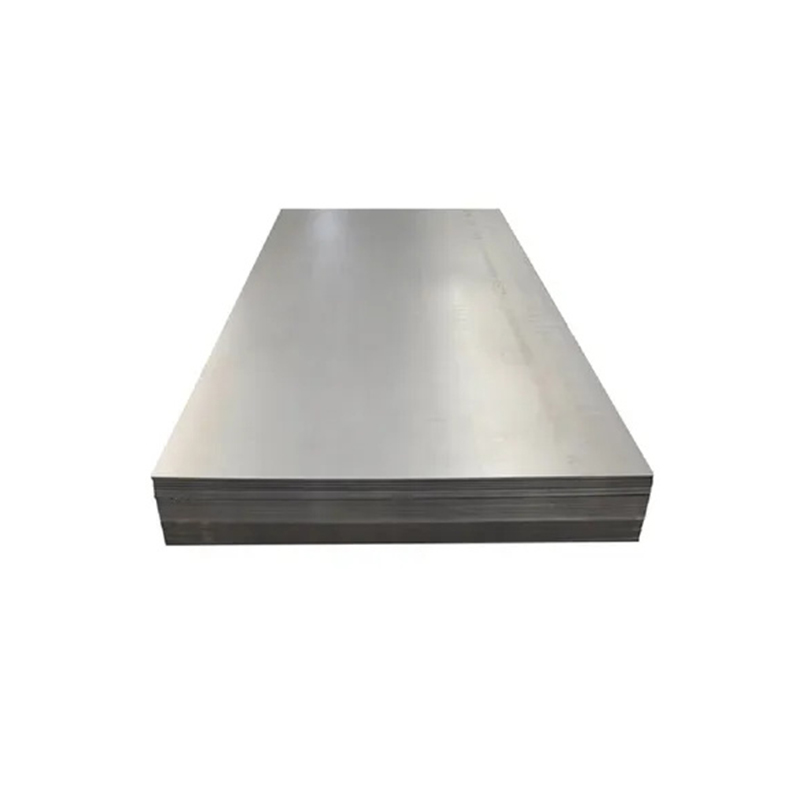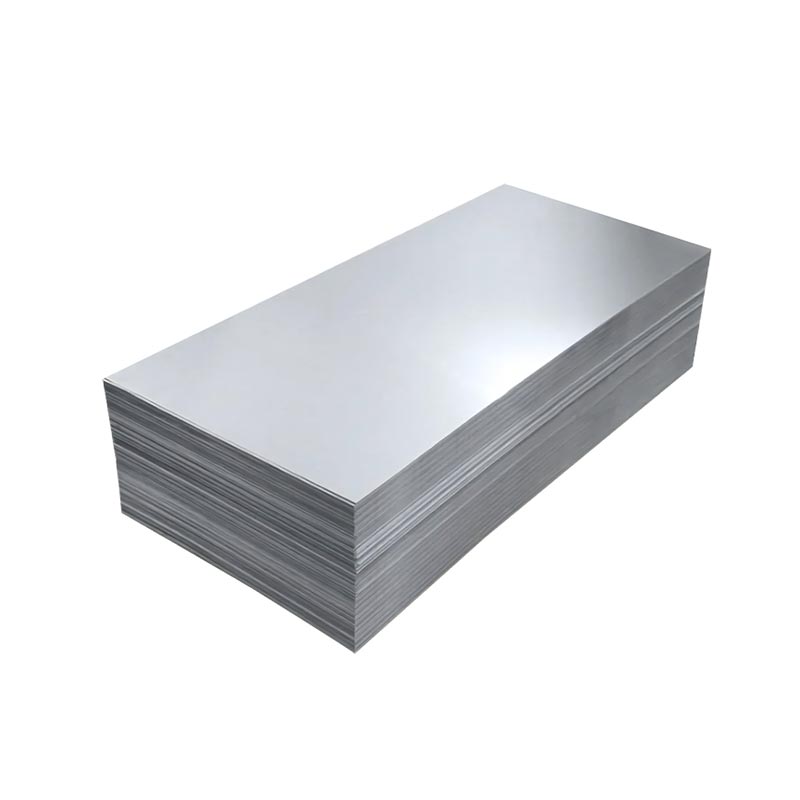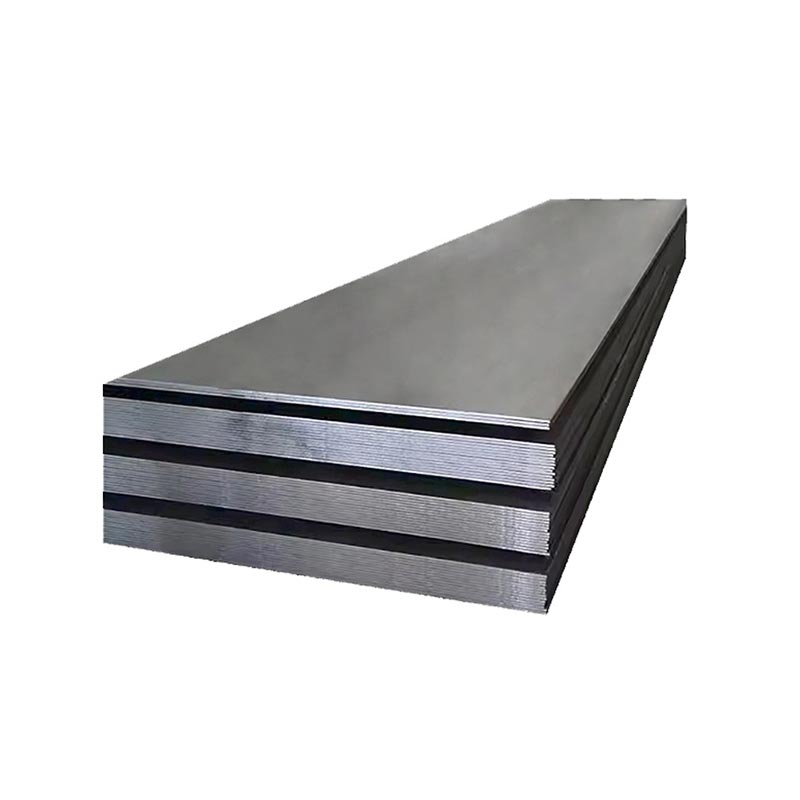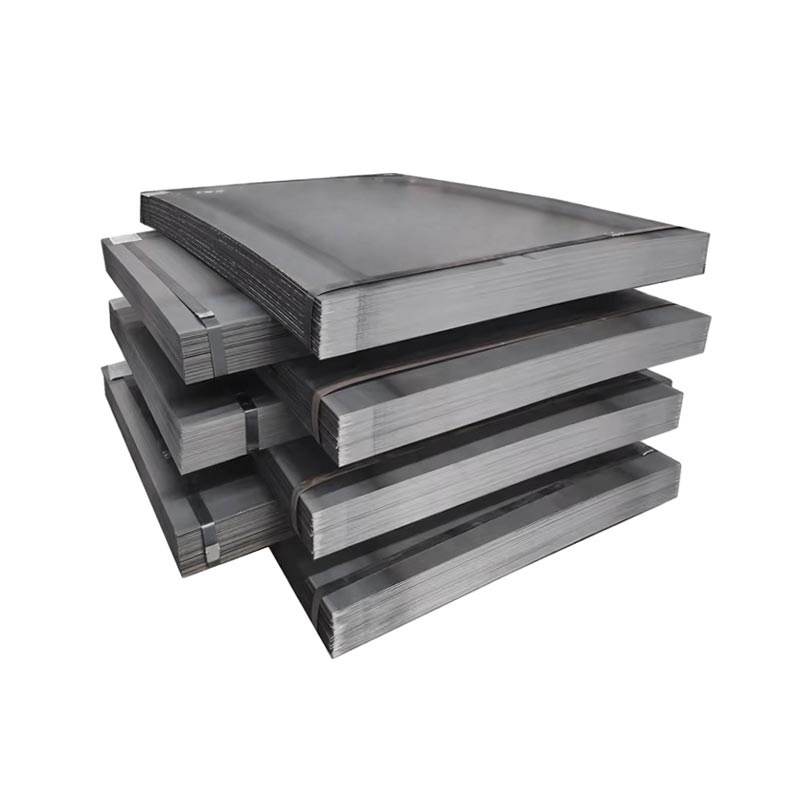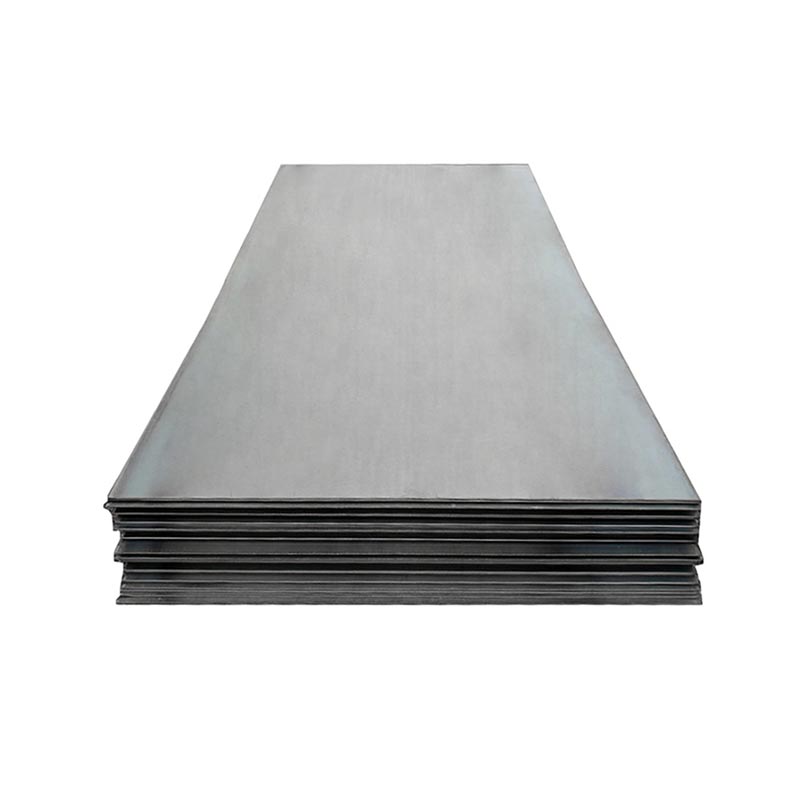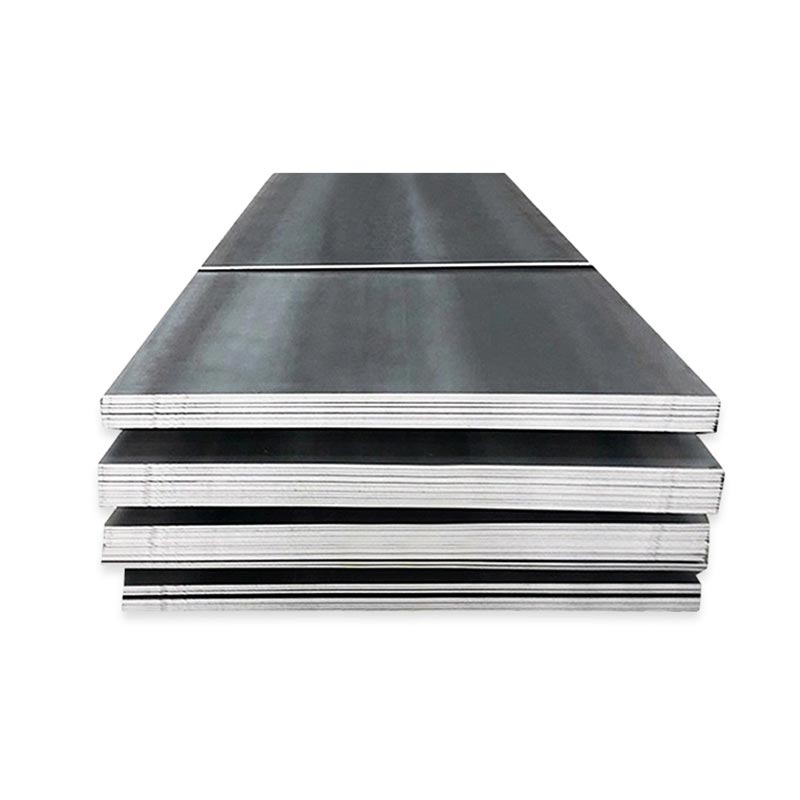Carbon Steel Plate
● A carbon steel plate is a flat sheet made from carbon steel, an alloy primarily composed of iron and carbon, with minimal other elements. It’s categorized by carbon content: low (≤0.25%), medium (0.25–0.6%), and high (>0.6%).
● Low-carbon plates offer ductility and weldability, ideal for construction or automotive parts. Medium-carbon variants balance strength and toughness, used in machinery. High-carbon types are hard but brittle, suited for tools or springs.
● Common grades include A36, S235JR, and A572. These plates vary in thickness, width, and finish, serving industries like construction, manufacturing, and energy for structural, industrial, or fabrication needs.
View Video
P296GH/P355GH/P235GH Pressure Vessel Steel Plat
P235GH, P296GH, P355GH are EN standard pressure vessel steel plates, normalized for high-temperature strength. P235GH is low-strength, suited for mild conditions. P296GH offers moderate strength, ideal for mid-range pressures. P355GH, high-strength, handles severe service. All have good weldability and creep resistance, used in boilers, heat exchangers, and pressure vessels operating at elevated temperatures.
Get A Quick Quote!
You Can Leave Us A Message
or Send Us An Email!
Product Details
Product Parameters
Packaging and Transportation
Related Products
Leave Us Message
Please give us a message
What are you lookking for?

